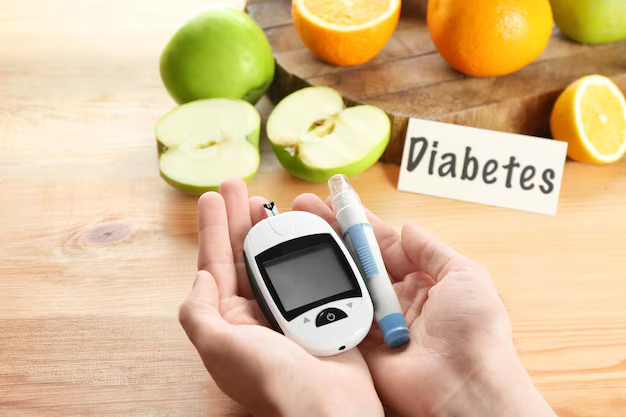Understanding Pre-Diabetic A1c: What You Need to Know
Navigating the waters of pre-diabetes can feel daunting, especially when medical jargon like A1c enters the conversation. If you or a loved one has been told they have a pre-diabetic A1c level, it’s crucial to understand what this means and what steps you can take next.
A1c, Simplified
The A1c test, also known as the hemoglobin A1c or HbA1c test, is a blood test that provides an average of your blood sugar levels over the past two to three months. For those with diabetes, it’s a critical tool to monitor how well blood sugar levels are being maintained. In the context of pre-diabetes, an A1c level of 5.7% to 6.4% indicates that your blood sugar levels are higher than normal, but not high enough to be considered diabetes. Recognizing and addressing a pre-diabetic A1c early can help prevent the progression to type 2 diabetes.
Why It Matters
Identifying a pre-diabetic A1c is crucial because it serves as an early warning sign. It gives individuals the chance to make lifestyle changes, such as diet and exercise, which could delay or even prevent the onset of diabetes. The good news is that with proactive management, many people with a pre-diabetic A1c can revert to normal glucose levels.
Taking Action
Addressing a pre-diabetic A1c involves a combination of lifestyle changes and regular monitoring.
- Diet and Nutrition: Opt for a balanced diet rich in whole grains, fruits, vegetables, and lean proteins while minimizing processed foods and sugars.
- Regular Exercise: Aim for at least 150 minutes of moderate aerobic activity per week, such as brisk walking or cycling.
- Weight Management: Losing even a small percentage of body weight can significantly impact blood sugar levels.
- Regular Monitoring: Keep track of your A1c levels as part of your routine health check-ups to monitor progress.
Beyond Health: Exploring Financial and Educational Support
For many, the journey towards managing pre-diabetes involves not just adopting healthier habits, but also navigating financial hurdles, particularly when it comes to healthcare costs. Fortunately, various programs can provide much-needed support.
Government programs and non-profit initiatives may offer financial assistance for medical expenses, while educational grants and scholarships can help those pursuing further education in health, dietetics, or related fields. Programs may also exist to assist with the costs of new fitness gear or cooking classes that support a healthier lifestyle.
For those in need of financial relief, considering debt management strategies or exploring credit card solutions with health benefits could provide additional avenues of support. Knowing what resources are available can ease the burden and allow you to focus on your health.
Being proactive about monitoring a pre-diabetic A1c level not only benefits your long-term health but can also open doors to educational pursuits and financial solutions that may not have been explored otherwise.
Resources to Support Your Journey
💼 Government Aid Programs: Check eligibility for aid programs that include health screenings and nutritional support.
🏥 Medical Financial Assistance: Look into state and local programs offering assistance with medical costs or prescription savings.
📚 Educational Grants: Explore grants for courses related to nutrition and fitness, which can empower you with the knowledge to manage your A1c levels.
💳 Credit Card Solutions: Consider choosing credit cards that offer cashback rewards on health-related expenses.
💪 Lifestyle Incentives: Some insurance plans and employers offer discounts or incentives for maintaining a healthy lifestyle.
Ready to take the next step? Understanding your options can be empowering, providing a path forward that aligns with both your health goals and financial needs.
